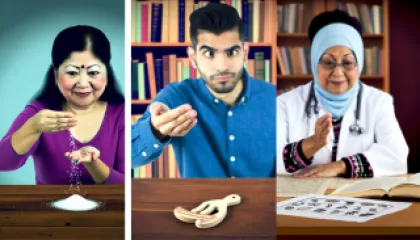Overcoming Anxiety with Lessons from 'The Alchemist'
1 year ago
Anxiety
Overcoming Disordered Eating: A Step-by-Step Guide
1 year ago
Disordered Eating
Mastering the Mind: The Ultimate Guide to Understanding Superstitions in Psychology
1 year ago
Psychology Behind Superstitions
Breaking Free from Perfectionism: Insights from a Clinical Psychologist
1 year ago
Overcoming Perfectionism
Mindfulness vs. Meditation: A Step-by-Step Guide to Understanding the Differences
1 year ago
Mindfulness vs Meditation
5 Effective Steps to Overcome Procrastination
1 year ago
Procrastination Overcome
Mastering the Mindset: My Journey to Embracing Success Psychology
1 year ago
Success Psychology
How Can You Effectively Manage Holiday Stress?
1 year ago
Holiday Stress
Exploring the Science of Personal Growth: Key Research Findings
1 year ago
Personal Growth
Decoding Adult Attachment: A Personal Insight
1 year ago
Understanding Attachment in Adults
Top 10 Strategies to Discover Your Life Purpose
1 year ago
Finding Life Purpose
The Psychological Impact of a Digital Nomad Lifestyle
1 year ago
Digital Nomad Psychology
Unraveling the Psychology of Belief: Why We Hold Our Convictions
1 year ago
Psychology of Belief
Rethinking Academic Stress: A Personal Perspective
1 year ago
Academic Stress
How Can You Effectively Overcome Your Fears?
1 year ago
Conquering Fears















